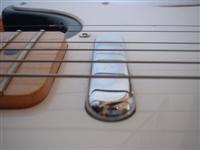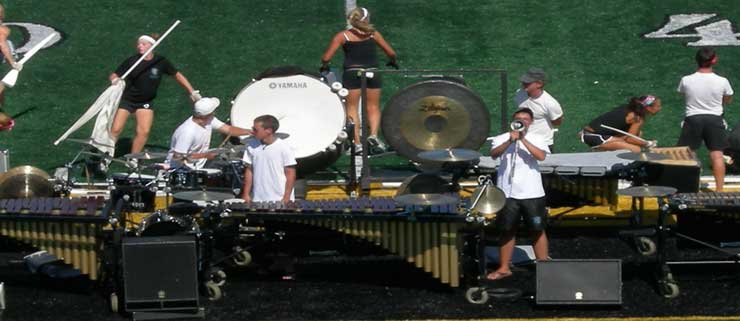 Improvising walking bass lines is a demanding undertaking that should be confronted not only by jazz bassists, but other instrumentalists as well. This article presents a simple process for creating swinging bass lines that will be valuable to teachers and students of jazz alike.
Improvising walking bass lines is a demanding undertaking that should be confronted not only by jazz bassists, but other instrumentalists as well. This article presents a simple process for creating swinging bass lines that will be valuable to teachers and students of jazz alike.
Constructing walking bass lines can be a challenge for beginning or even more experienced bassists. As both high school and college level Jazz Ensemble directors look to fill the bass chair, it is common to recruit a student with a great ear for rock’n’roll or someone that has picked up the bass solely to fulfill that role in the ensemble. Most big band swing charts offer a bass part that consists of chord symbols with slashes implying that the bassist play primarily long strands of walking quarter-notes. This requires the bass player to essentially improvise continuously, which can be a daunting task. However, there are a few simple ideas that can provide a focus for beginning bassists or other instrumentalists when creating walking lines. I will now present a five-step process to help construct idiomatically correct jazz bass lines.
Â
Step 1: Always play the root on the downbeat of a new chord change. This will supply a firm harmonic background and leave no confusion as to the root of a new chord.
Step 2: Arpeggiate the indicated chord. (Ex: 1-3-5-3, 1-3-5-7, 1-7-5-3, etc.) The chord change will be clearly stated, and the arpeggio inherently creates linear motion.
Step 3: Introduce chromaticism into the line. Approach a target note, such as the downbeat of a new chord change, by a series of ascending or descending half-steps. This tactic provides for tension and release and again, creates wonderful linear motion.
Step 4: Experiment with rhythmic variety to compliment the melody or soloist. This step is most pertinent in a combo setting or during solo sections within a big band piece. Remember that the bassist’s primary role in swing music is to keep good time and create forward momentum. Be careful not to allow the music to become too cluttered.
Step 5: Combine all of these elements to create an interesting and idiomatically correct walking bass line.
Jazz music is an aural language, so listening to the masters is necessary and invaluable. Check out bassists such as Paul Chambers, Ron Carter, and Ray Brown for excellent examples of walking lines.
Note: In relation to Step 1, there have been historically significant bass players, such as Scott LaFaro from the Bill Evans Trio, who have been known to play notes other than the root on the downbeat of a new chord change. Be judicial when attempting this type of playing. Know your role within the music and trust your ears.







 Scroll down to view the comparison chart of over a dozen different portable digital audio recorders.
Scroll down to view the comparison chart of over a dozen different portable digital audio recorders.